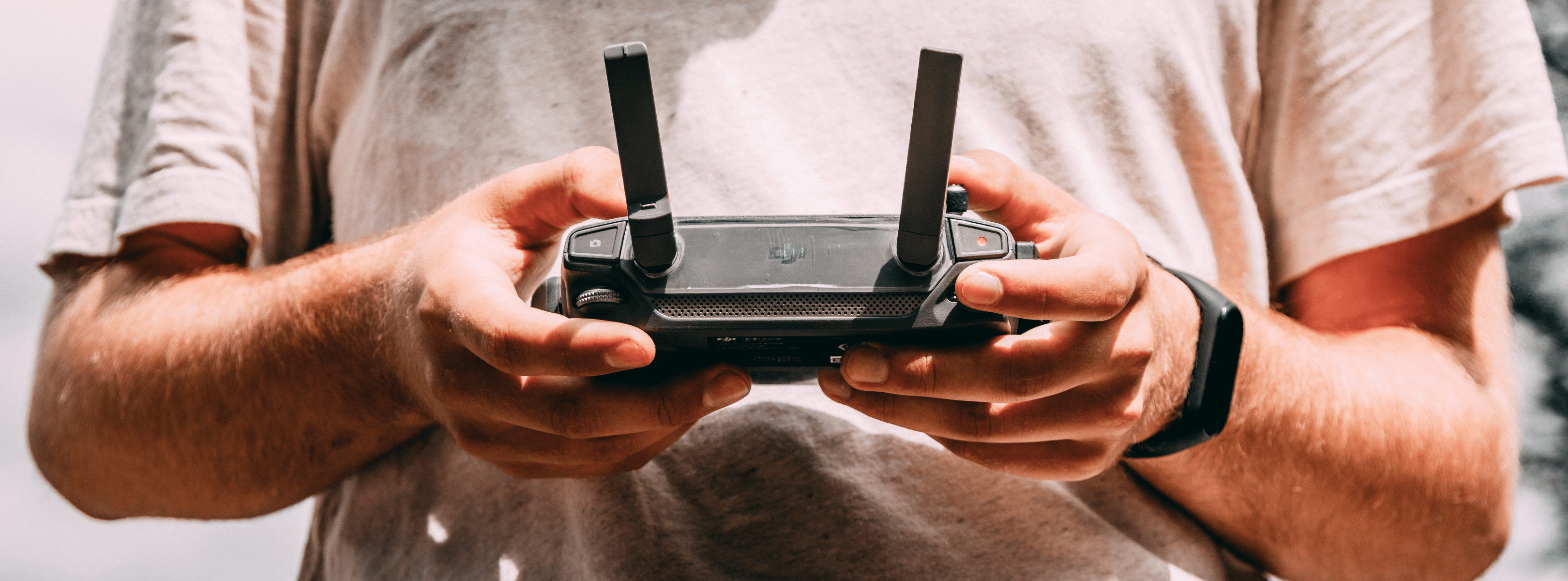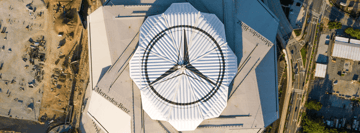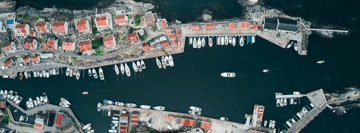August saw the return of the Drone Racing League, an international FPV racing competition with events and broadcasting deals all over the world. DRL’s fourth season is now underway, but it’s just one of many professional leagues springing up as the sport takes off.
So you get the idea: Drone racing is becoming big business. So big, in fact, that industry leader DJI has also got in on the action recently.
In July, the Chinese manufacturer launched its Digital FPV System. Although it doesn’t include an actual drone (we’re expecting that to come at a later date), DJI’s new FPV goggles, FPV Air Unit Transmission Module, FPV remote controller and FPV camera aim to provide racers with low-latency, high-definition video and improved transmission range. Which is big news for a hobby that has traditionally struggled to find a balance between all three.
It’s an interesting step from DJI and a big vote of confidence in a sector of the market that’s still finding its feet.
But while FPV racing sets its sights on the mainstream, there’s more to the underlying technology than high-speed maneuvers and edge of your seat action.
Here are a few ways that FPV tech can be used beyond racing.
Simulation & training
FPV flight offers a unique mix of virtual reality and actual reality. The pilot is remote, as with any drone flight, but the view is immersive and from the cockpit. It’s as close to genuine flight as you’re going to get without going through pilot school.
This capability is entertaining and exhilarating, but it can also be used as a practical tool to help pilots train without risking damage to aircraft or whatever they may fly into.
Plenty of pilots experience a crash within their first few hours of flight. Training with a pair of FPV goggles and a flight simulator is a great way to get used to the controls before trying things out for real.
It’s also useful for more accomplished drone pilots. With a pair of FPV goggles and a decent simulator, you can practice complicated maneuvers, train for specific missions and improve your flight efficiency - all from the comfort of your couch.
Creative Media
It’s not only conventional camera drones that can capture sleek footage from above. As FPV cameras, racing quads and pilot skills continue to improve, some of the footage captured by racing drones is becoming just as cinematic.
FPV footage is now being used in advertisements, promotional videos and other forms of creative media. Any director looking for dynamic aerial shots now has another avenue to explore.
Public Safety
As regulations evolve around the use of drones beyond line of sight, current levels of adoption among first responders and emergency teams are likely to hit greater heights.
From fires to search and rescue to nuclear disasters, the use of FPV gear in these kind of scenarios is totally situational.
In some cases, FPV flight can reduce situational awareness and not be very helpful at all. But it’s easy to imagine scenarios in which FPV flight could provide the edge in vision and awareness that emergency teams require.
When navigating through a dangerous environment beyond line of sight, for example. Or when carrying out search and rescue missions from above. The immersive nature of FPV flight can be both an advantage and a disadvantage for enterprise users. But there will no doubt be success stories in the coming years.
Want to find out more about the use of drones in public safety? Have a read of our blog on how drones can help, not hinder, wildfire emergency operations.





